Search Images
Browse Content (p. 1630)
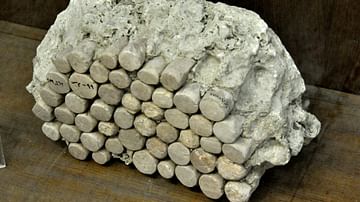
Image
Mosaic Fragment from Uruk
This piece of wall decoration (mosaic) was part of one of the walls of the white temple at Warka (Uruk) city. Stone cones are inlaid on a gypsum background. Uruk period, 3500-2800 BCE, Mesopotamia, Iraq. (The Sulaimaniya Museum, Iraq).
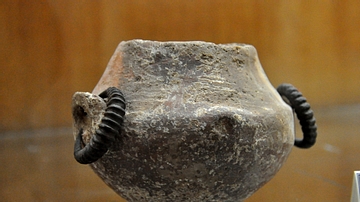
Image
A Pottery Jar from Pangween
This pottery jar has two bronze handles and was found in the Nzara area near Pangween village of modern Sulaimaniya Governorate, Iraq. The Hellenistic period, 323-30 BCE. (The Sulaimaniya Museum, Iraq).
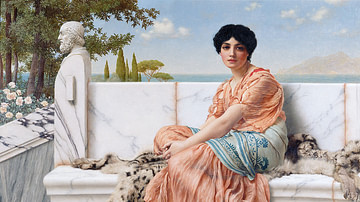
Image
Sappho
Sappho of Lesbos (c. 630-570 BCE). Painting by John William Godward (1904). Through her poetry which included love between women, she gave the term "lesbian" its modern meaning.
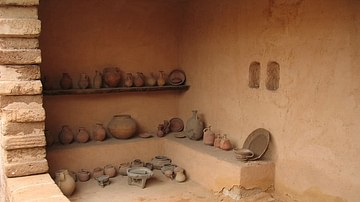
Image
Reconstructed Israelite House
Reconstructed Israelite House, 10th-7th cent BCE, Eretz Israel Museum, Tel Aviv, Israel
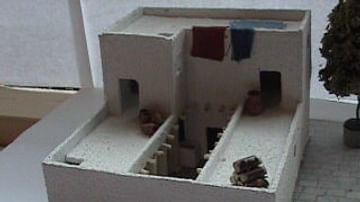
Image
Four-Room House Model
Four-Room House (or Israelite Pillared House), Iron Age
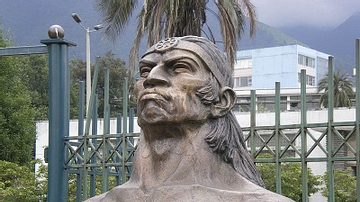
Image
Inca General Ruminahui
Sculpture of Inca General Ruminahui (1490-1535 CE) in Quito, Ecuador.
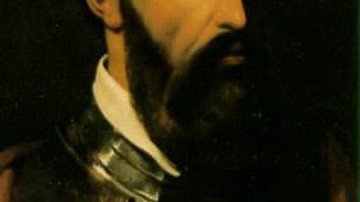
Image
Francisco Pizarro
Francisco Pizarro (1475-1541 CE)

Image
Herakles fighting Triton
Attic Hydria depicting Herakles fighting Triton, from Vulci, around 520 BCE. (Altes Museum, Berlin)
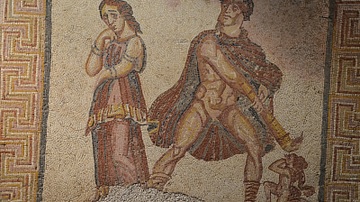
Image
Hercules Furens Mosaic
Mosaic panel depicting the madness of Heracles (Hercules furens), from the Villa Torre de Palma near Monforte, 3rd-4th century CE (National Archaeology Museum of Lisbon, Portugal). When Hercules grew up and had become a great warrior, he...
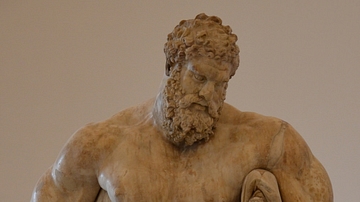
Image
Farnese Hercules
The Farnese Hercules is an ancient sculpture, probably an enlarged copy made in the early 3rd century CE and signed by a certain Glykon, from an original by Lysippos (or one of his circle) that would have been made in the fourth century BCE...